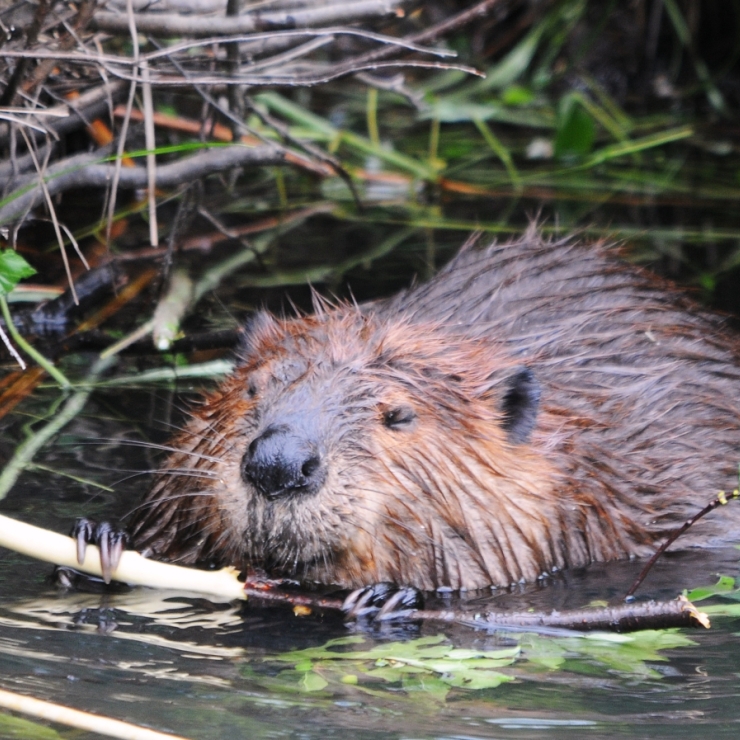The Woods Institute is now part of the Stanford Doerr School of Sustainability
News Releases
August 30, 2022 | Water in the West
A Stanford University study analyzes water transactions that leave water in the river, and shows how they could be scaled up to avert cuts for major... Read More
August 26, 2022 | Wu Tsai Neurosciences Institute
Ocean-dwelling, otherworldly, and intelligent, the bobtail squid possesses a brain that is complex yet very different from our own.
August 25, 2022 | Stanford Department of History
Woods fellow will use major National Science Foundation grant to study poetic landscape depictions of England’s Lake District and survivor... Read More
August 23, 2022 | Stanford News Service
A five-week course tests the mental and physical limitations of six up-and-coming scientific divers as they learn about the ecology and conservation... Read More
August 19, 2022 | Stanford News Service
Researchers compiled the largest set of biologging data revealing how 38 species of sharks, rays, and skates move vertically in oceans around the... Read More
August 18, 2022 | Stanford Water in the West Program
Stanford's Felicia Marcus discusses how states can utilize nature-based solutions to help meet climate targets and water objectives while enjoying... Read More
August 15, 2022 | Stanford News Service
Key marine species can serve as bioindicators to measure how much plastic exists in different ocean regions.
August 15, 2022 | Stanford News Service
Improved facilities and equipment at the Monterey Bay station will open the door for researchers to study more of the Pacific’s diverse species, gain... Read More
August 11, 2022 | Stanford News Service
Using synthetic genes, researchers at Stanford have been able to modify the root structures of plants. Their work could make crops more efficient at... Read More











